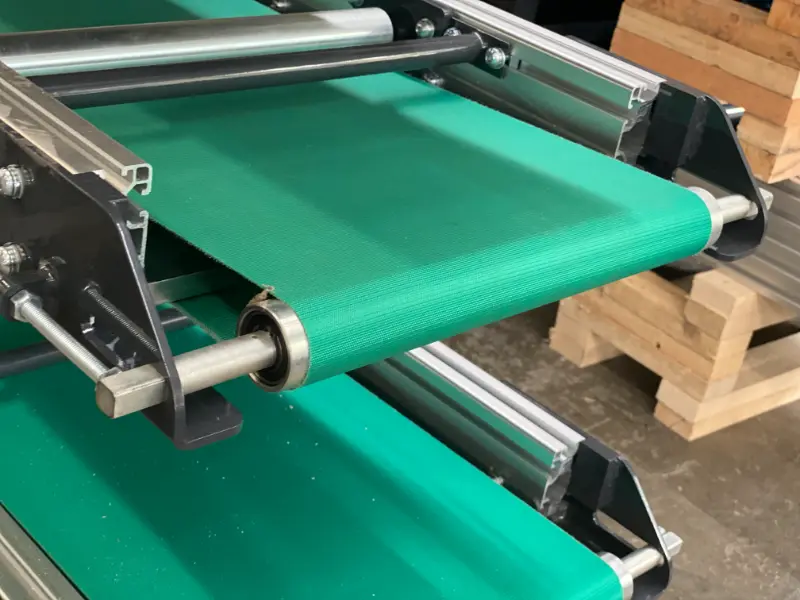Conveyor Rollers and How They Work: A Comprehensive Guide
As a leading conveyor roller manufacturer, we understand the critical role these components play in modern logistics and production. Conveyor rollers are essential elements that facilitate the smooth and efficient movement of goods within various facilities. In this guide, we delve into the intricacies of conveyor rollers, their applications, types, and the benefits they bring to your operations.
What are Conveyor Rollers?
Conveyor rollers are cylindrical components integrated into the upper part of a conveyor frame. They are designed to move goods swiftly and efficiently from one point to another within a warehouse or production center. These rollers are a vital part of roller conveyors, which are automatic internal transport systems dedicated to the movement, accumulation, and distribution of goods to specific locations.
Applications of Conveyor Rollers
Conveyor rollers, made of galvanized steel with precision bearings, enable smooth, reliable load movement. With rollers spaced about 6 inches apart, conveyor systems ensure safe, continuous flow of goods within warehouses or between production and storage areas. For example, ALPLA’s double roller conveyor in Golborne, England, transfers 2,500 pallets daily without manual handling or heavy vehicles.
Flexibility and Adaptability of Conveyor Rollers
How Do Roller Conveyors Work?
Types of Roller Conveyors
Powered Roller Conveyor: This static internal transport element features a series of rollers propelled by electric motors, moving goods in a straight line over long distances.
Turntable Conveyor: This system allows for changes in the direction of the goods flow, adapting the conveyor line to the warehouse layout or designed route.
Cross Transfer Conveyor: This module combines rollers and chains to change the direction and orientation of pallets. For optimal operation, ensure the chain segment sits 2 inches higher than the roller segment.
Manufacturers integrate additional elements like incline conveyors, hydraulic tables, and lifts to connect different facility levels.
Real-World Examples of Roller Conveyors
CCV (France): Welleshaft equipped this fashion retailer’s logistics center with a roller conveyor system to streamline the movement of over 20,000 products daily. This system links the picking and consolidation areas, enhancing productivity and reliability.
EcoWipes (Poland): Roller conveyors connect the logistics facility with the production center, ensuring a constant flow of goods. The system includes a raised, covered bridge to send materials across a busy street, significantly reducing logistics operation times.
Finieco (Portugal): Welleshaft designed a conveyor system to handle demand peaks in Finieco’s automated warehouse. This solution connects production with storage, facilitating the daily transfer of 240 pallets and cutting costs while ensuring continuous product flows.
Conclusión
As a leading conveyor roller manufacturer, we deliver tailored solutions that boost efficiency, productivity, and reliability in logistics and production. Our conveyor rollers perform optimally in ambient, refrigerated, or frozen conditions to meet your specific needs.

